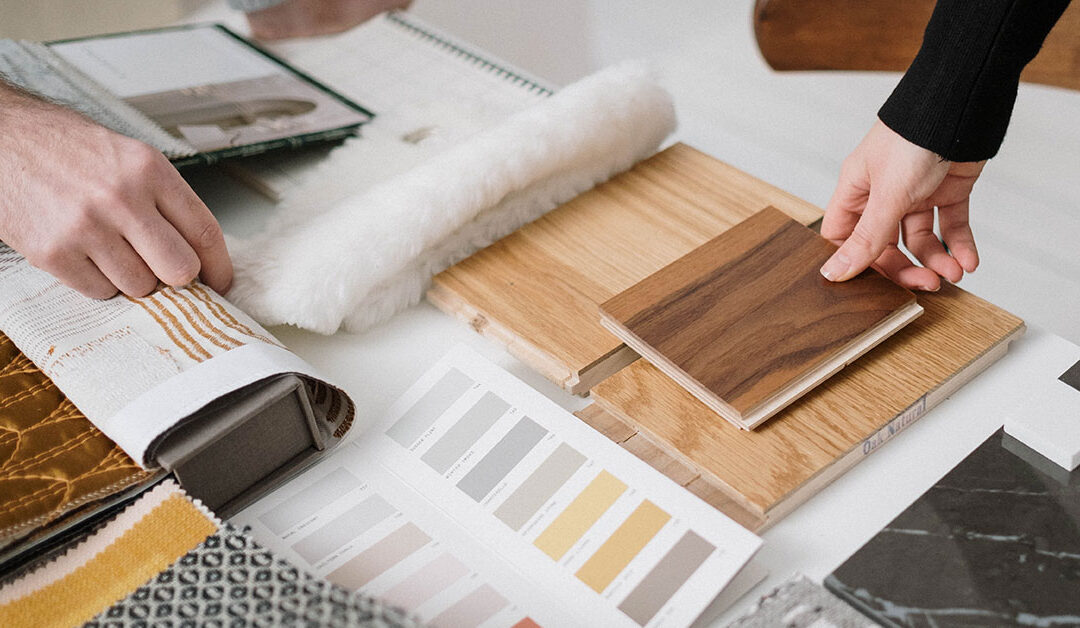The right tile can be an entrancing feature in your home. Tile flooring can give your floors the appealing touch your home needs, while choosing to tile selections along your walls can add a pleasing accent that eliminates monotony in your house.
Unfortunately, will all the benefits that tile can provide, it’s also susceptible to some issues. Outlined below are five common problems that can arise with tile and remedies that can alleviate your tile-related headaches and get your home looking as good as new.
Loose Tile
If a tile becomes loose, the best course of action is to remove the old adhesive and replace it with a fresh type of adhesive. To do this, use a chisel or a putty knife to carefully pry up the tile. Your next step is to remove the old adhesive from the flooring. Next, you’ll want to coat the sub-flooring and the underside of the removed tile with the new adhesive. Once the tile and sub-flooring are both coated, place the tile in its original location in the floor.
Cracked Or Broken Tile
Sometimes, rather than your tile loosening, it can crack or break. Cracked tiles can simply be filled-in with siliconized caulk to mend the cracks. However, if your tile is too cracked or is missing pieces, that means replacement is necessary. If you have extra tiles, replacing them with the same type of tile is ideal. If you don’t have any extra, your best case scenario is trying to find the same or similar type at a tile supplier.
Buildup On Grout
Buildup on grout is a common issue with tiled flooring, particularly in bathrooms. First, applying hot water to wipe dirty grout can help remove surface buildup that can easily be wiped away. For more intense buildup, it is recommended to use cleaners such as oxygen bleach, chlorine bleach or alkaline cleaners to clean stained grout, using small brushes, like a toothbrush, to scrub away unwanted debris. Coating grout with a sealant after cleaning can help to avoid stains and buildup in the future, making your grout much easier to clean.
Mold Growth
Mold growth is particularly common in between bathroom tiles due to the high level of moisture in bathrooms and showers. Due to the porous nature of grout, mold can work its way into tiny spaces between the tiles and begin growing out of the grout. One of the most recommended mixtures for removing mold from tile growth is a few teaspoons of water and a half cup of baking soda. After application, a scrub brush is the best tool to help remove the mold from your tiles with some good old-fashioned elbow grease.

